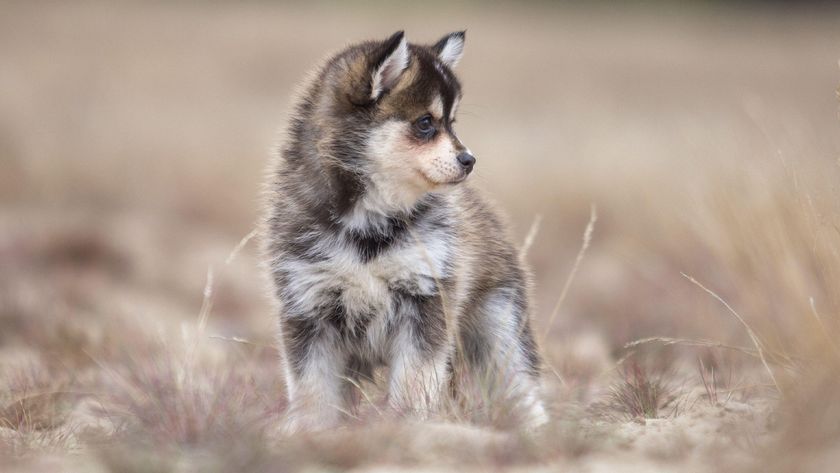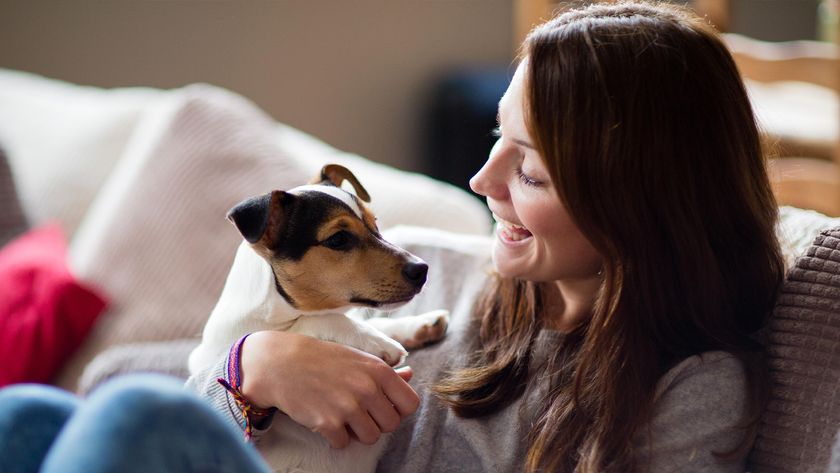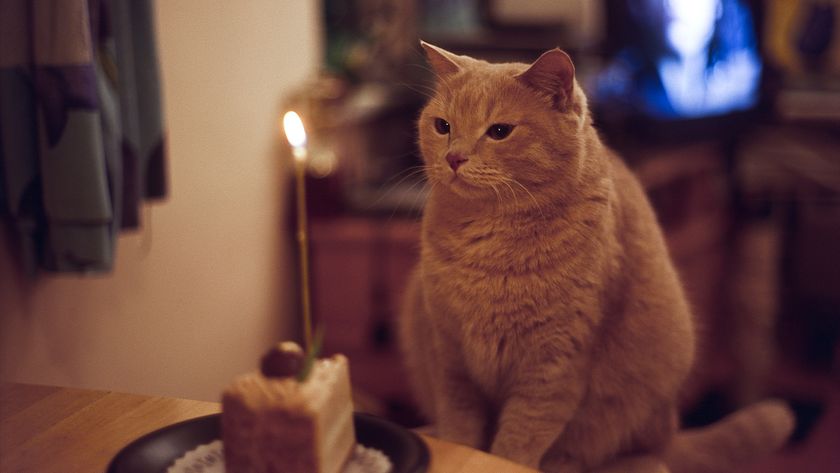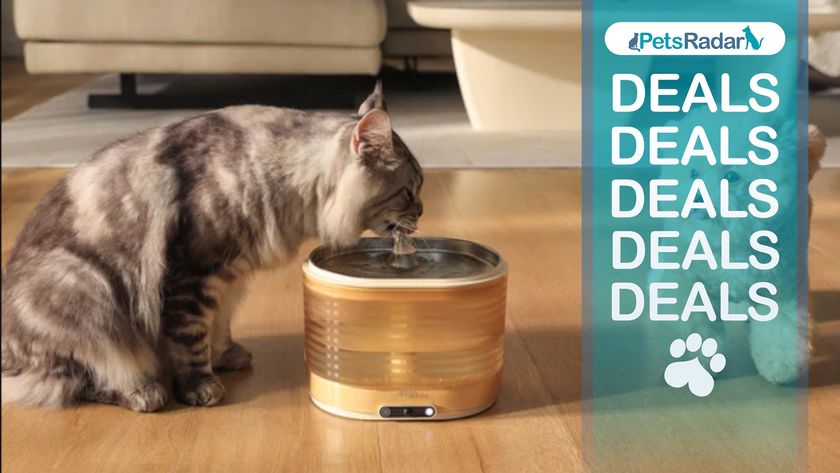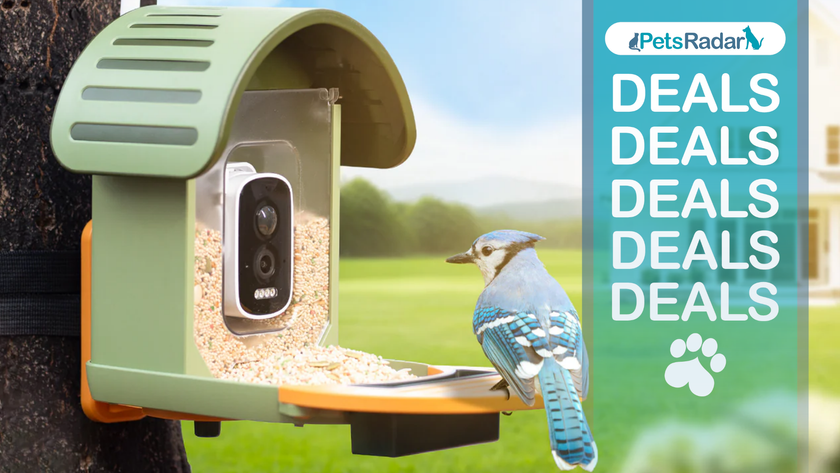This is how to help your cats and dogs get along better, according to one expert
Does your dog like chasing your cat? This advice will help them stop.

In popular culture, dogs and cats are often thought of as mortal enemies — we even have the phrase ‘fight like cats and dogs’ to describe people having heated arguments!
This isn’t entirely rooted in reality, however. Dogs and cats can get on with each other and even become friends, but — at the same time — there aren’t any guarantees.
If you have a cat and a dog, or you’re thinking of introducing a cat to your dog or vice-versa, you might need to put a lot of work in to help them live peacefully together, probably involving some of the best dog treats.
Fortunately, Juliana DeWillems, the owner and head trainer at JW Dog Training & Behavior, has got some advice to share on Instagram. Let’s take a look…
A post shared by JW Dog Training & Behavior Consulting (@jwdogtraining)
A photo posted by on
Should I let my dog play with my cat? It’s a question many pet parents ask, so it’s worth considering whether your cat views it as playing or not. For example, in the video, DeWillems is working with a dog who likes to chase his feline siblings. This might be fun for the dog, but not so much for the cats.
So, she’s trying to teach more appropriate behaviors for the pup when he’s around cats. In this instance, the dog’s behavior isn’t predatory, and he doesn’t appear to want to harm the cats, but the cats (and their human family members) get annoyed with the chasing behavior.
Every time the dog looks over at a cat and stays where he is, his guardian uses a clicker and gives him a treat, with this reinforcement designed to replace his chasing behavior with more desirable alternative behaviors.
PetsRadar Newsletter
Get the best advice, tips and top tech for your beloved Pets
“By setting up short, proactive training sessions, we are building and reinforcing more desirable habits from the dog around the cats,” explains DeWillems. “In between training sessions, we’ll set up management to prevent the chasing behavior from being rehearsed so that over time the behaviors we like will increase and the behaviors we don’t like won’t be occurring, and will therefore decrease.”
She continues in the caption, “It’s important to tell your dog what you DO want around cats. Not just “don’t chase the cats.” What behavior do you want instead? Or, better yet, what behaviors?”
And remember, it’s not up to the cats to put boundaries in place. They can do so, of course, but it’s our responsibility as pet parents to train our dogs to increase the likelihood of everybody getting along, or at least co-existing peacefully.
Similarly, aversive training techniques like spray bottles and shock collars aren’t recommended. They could make your dog’s relationship with the cat worse, and simply stress them out. That’s not what we want to do.
Finally, make sure that, during training sessions, your cat has the freedom to leave the room if they wish to.
Dogs and cats living together can get on well, and taking DeWillems’ advice on board will increase the likelihood, so why not try it and see how you get on?
Pupford Beef Liver Training Freeze-Dried Dog Treats
$16.89 from Chewy
We gave these to our tester Isaiah for his dog Hayes to try. He reports back that they're his new favorite treat and are a suitable size for training. "He could and would eat the whole bag if allowed!"

Adam is a freelance journalist specialising in pets, music and culture, and mental health and wellbeing. He investigates and writes the large majority of news on PetsRadar, and collaborates with veterinary experts to produce informative pet care content.
Adam has a journalism degree from Southampton Solent University and a masters degree in Magazine Journalism from Cardiff University. He was previously senior editor at dog advice website DogTime.com, and has also written for The Independent, GoodToKnow and Healthline.
He owns two rescue cats, Bunny and Dougie, and has also previously had a rabbit, fish and Roborovski dwarf hamsters.



